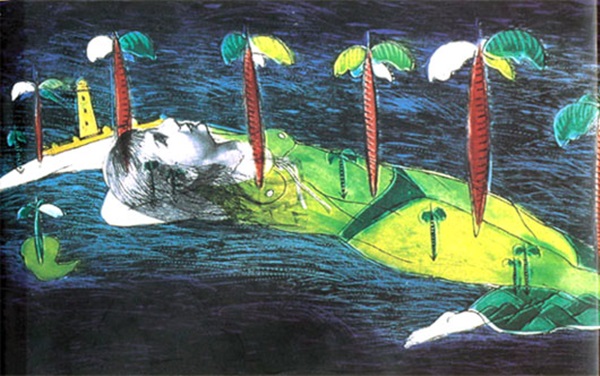
When president Barack Obama announced yesterday that the diplomatic relationship between the U.S. and Cuba would be fully restored, after an over 50-year freeze, it seemed as if the last vestige of the Cold War finally bit the dust. However, while diplomatic ties are loosened, travel restrictions eased and some imports permitted, the U.S. embargo on Cuban goods remains almost intact. The news generated lots of excitement in Cuba, and considerable controversy in the U.S., especially regarding the exchange of prisoners that was part of the deal.
The art world, too, is abuzz about the new Cuba situation, and what the implications might be for artists, collectors, dealers, and art institutions. Some art-world figures have already weighted in on the situation. “We are all attentive to the news!” Gabriela Rangel, visual arts director of the Americas Society, told, artnet News. “I believe the consequences will be more political than economic. The visual arts in Cuba have already been globalized, as some privileged artists are allowed to travel, exhibit, do residencies, and even live abroad. They already go back and forth at will.”
“The Havana Biennial today is as well attended as Art Basel Miami Beach,” Rangel added. “The “Special Period” policy makers in Havana [coping with the dire Cuban financial collapse following the dissolution of the Soviet Union in 1989], learned by the new millennium that the art world was the best conduit to attract people from around the world.” Cuban officials, no doubt, have long recognized the revenue potential of successful and relatively apolitical international art events.
“We greatly welcome this reconfiguration in U.S. policy towards the Americas,” Americas Society/Council of the Americas president and CEO Susan Segal, said on the institution’s web site. The falling oil prices provide the right juncture for us to reframe the discussion at the hemispheric and even the global level,”
Jorge Daniel Veneciano, the executive director of New York’s El Museo del Barrio, a prominent showcase for Latin American artists, concurs, “Cuba is very much on our minds,” he told the New York Observer. “On the one hand, museums have been able to work with Cuban artists for some time now, so it’s not a startling change. But, the decision will help facilitate things going forward.”